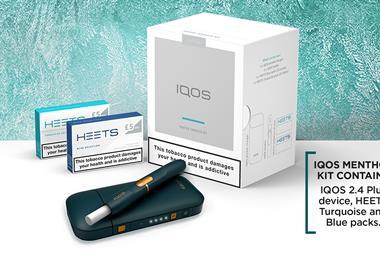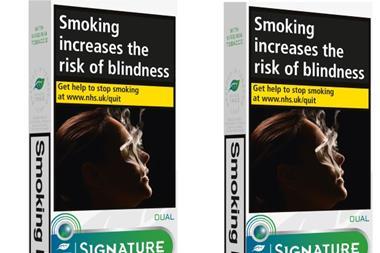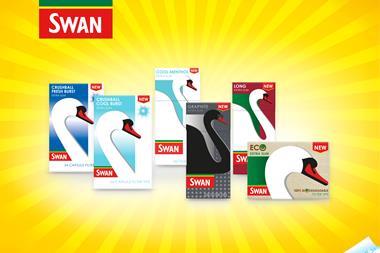Tobacco: the way forward
By Gaelle Walker2009-10-15T00:00:00
The UK tobacco market may be down, but it’s certainly not out. Gaelle Walker looks at developments of the past year and what the future holds
ALREADY HAVE A REGISTERED USER ACCOUNT? PLEASE LOG IN HERE
To read the full story join the ConvenienceStore.co.uk community today!
Registration is quick and easy and provides access to:
- Unlimited ConvenienceStore.co.uk articles
- Our great range of newsletters
- Content you’ve saved for later via the ‘my library’ feature
And much more…
More from Tobacco
Unlimited Access + Newsletters
Register today to gain unlimited access to articles and to receive our great range of email newsletters.




























